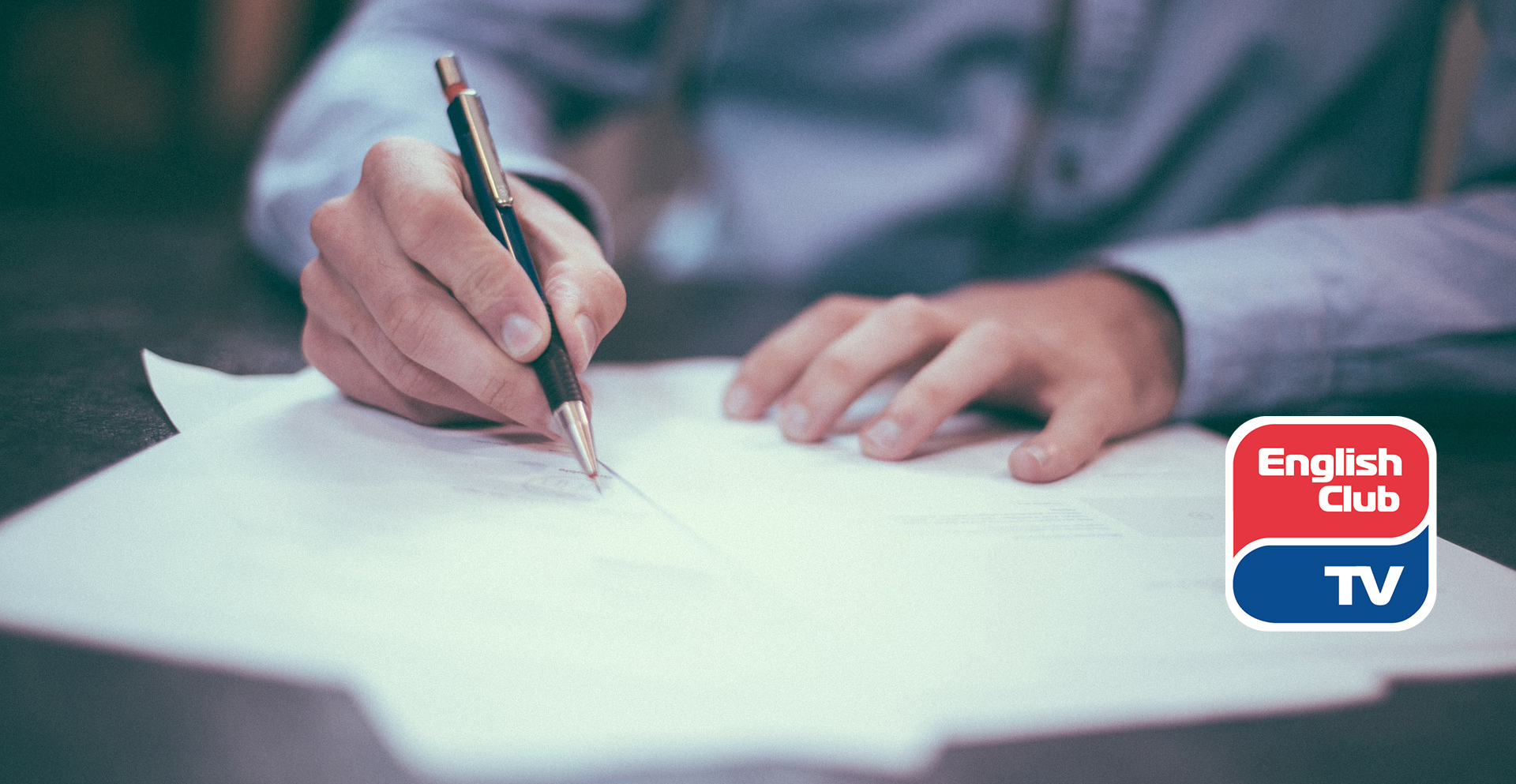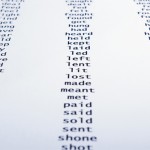All letters in English are divided into formal or business letters (letters to customers, clients, suppliers, letters-summaries, letters-complaints) and informal or personal (to friends or relatives). In terms of form and structure, business and personal letters are almost the same, the only difference is in the style of writing.
Writing and types of formal letters
There are several types of formal letters: a letter of request, a cover letter, a reminder letter, a thank-you letter, a letter of complaint, a CV letter, a request letter, a memorandum, etc. A separate area is business electronic correspondence.
In their turn, all of these letters are divided into those that require an answer and those that do not, as well as into regulated and unregulated.
There are a number of restrictions in business correspondence, for example, on the use of abbreviations and smiles — exceptions are only for emails. In addition, you must be sure that the recipient understands these contractions.
No need to start or end business correspondence with words of regret. Better greet the addressee and mention a few positive points.
Always write about the files enclosed in the letter, if there are such accompanying documents.
Informal letters
There are a thank-you letter, a letter of congratulations and a letter of recommendation. In personal correspondence there are no restrictions: you can freely express your thoughts using informal phrases, smileys, abbreviations, etc.
General structure of the letter in English
Paragraph 1. In the upper right corner, specify the date and the address of the sender. You can also add a company logo, a coat of arms and requisites, if the letter is of a formal nature.
Paragraph 2. Greeting. If the letter is formal, start it with the phrase «Dear Mr / Mrs + surname of the recipient». «Dear + name» is an informal beginning. If you do not know the name or surname of the addressee, start with the phrase «Dear Sir / Madam / Miss…». After that, put a comma and proceed to the body of the letter.
Paragraph 3. The body of the letter.
— Introductory phrase. Start with a phrase that explains the purpose of your letter. Thank for the previous letter of the recipient. Apologize, if you did not write a long time. Mention a fact from the previous letter, when you write to friends.
— Main text. In this part, discover the essence, the problem and all aspects of your letter. Be brief and concise if the letter is of a formal nature.
— Addition. Here you can mention your wishes, recommend or advise something.
Paragraph 4. The final part. Thank the addressee and mention further contacts.
Paragraph 5. The signature. Indicate your name, position and contacts. Complete the letter with the phrase
«Best regards,
(your name and surname)».
You can also specify the name of the company in which you work.









